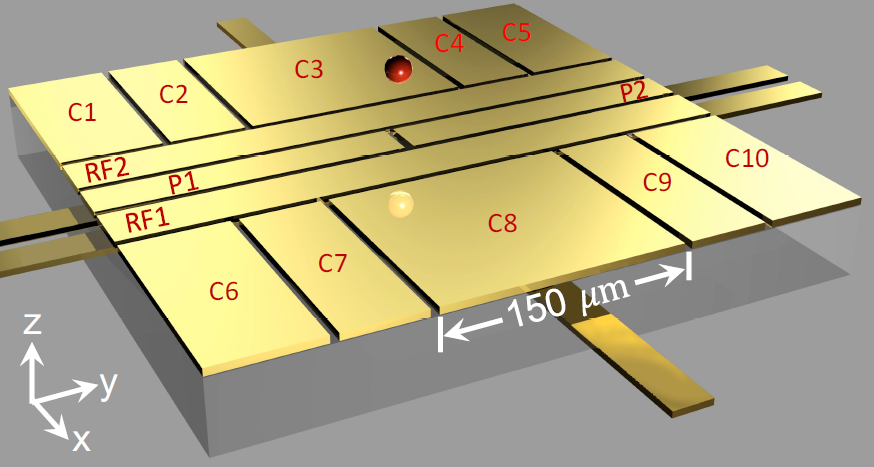Electron Quantum Information Processing

Trapped ions are currently one of the most promising candidates for building quantum computers. Building large-scale devices with trapped ions is an immense technical challenge, partly due to the strict requirements on laser performance and laser integration. It is possible to replace some of the lasers with microwaves, which can be controlled more easily and have superior performance with regards to stability and linewidth. However, gate speeds are in the millisecond range, such that complex algorithms with many gates may take too much time to run on a trapped ion quantum computer. To speed up gates, and to remove the need for laser technology entirely, we want to implement a qubit based on a trapped electron. The qubit is provided by the spin states in a magnetic field and the light mass of the electron enables fast interactions between two electrons in the same trapping potential. Besides the faster gates, the simple level structure (just two levels) prevents leakage out of the qubit space.
The combination of fast gate operations and long coherence times make electrons a very attractive system, that could rival trapped ions and superconducting circuits in the long run.
Phys. Rev. A 95, 012312 (2017), arXiv:1611.00130
New J. Phys. 15, 073017 (2013), arXiv:1304.4710


